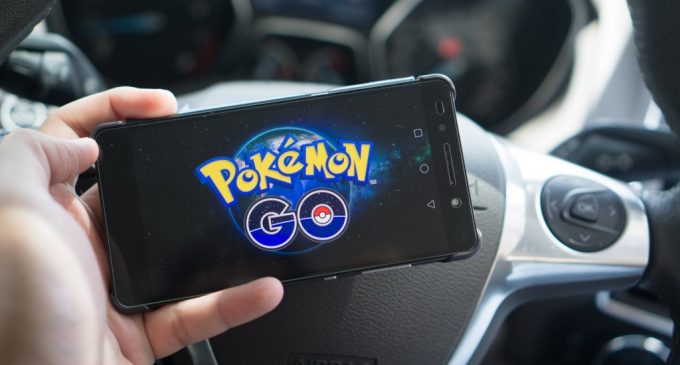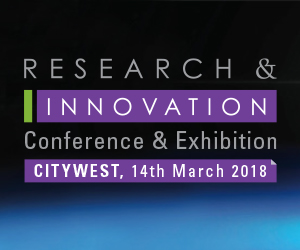Even scientists are now using Pokémon Go for their research

Since several weeks, exist a brand new topic among the people : Pokémon Go. This new gaming-app, developed by Nintendo, is hyped especially by the young people because it offers the opportunity to catch Pokémon in the surrounding area and to battle with others on certain ‘Pokémonstops’ which are in reality sights or other places.
Pokémon Go is featured with augmented reality or Ar which has gone from something only talked about by select geeky groups, to being discussed whenever Pokémon Go enters the conversation – which, in case you have been living under a rock, has been a lot.
But allowing an image to overlay itself on your surroundings might have much greater implications then just catching Pokémon in your backyard – and contrary to what you might imagine, it might actually make people better drivers.
While people are scrutinizing the risks of distracted drivers and pedestrians playing Pokémon Go, Ronald Schroeter, a road safety researcher at Queensland University of Technology (QUT) in Australia, believes that this AR technology could be used to offer safety benefits to drivers.
“For years researchers have been trying to raise the public conscious of augmented reality, the idea that you overlay a digital world on top of a real world,” said Schroeter.
“But within just a few days Pokémon Go has shown the world how augmented reality works, providing us with a better language to explain our research.”
Slow down though, that doesn’t mean you should start driving while trying to catch Pokémon – the phone will still distract you from the road, and an accident is totally not worth any Pokémon (even Mew).
But it does mean that in the future, AR technology might be able to help drivers to drive better on roads, and even help us engage with surroundings.
“Augmented Reality gaming via smartphones is obviously not ideal, especially from a driver behaviour perspective. However, once you use more integrated technologies such as head up or windscreen displays, we think gaming and augmented reality could be used to add elements into the real world that help drivers maintain their concentration.”
With all the discussion of driverless cars recently, the idea of semi-automated vehicles are becoming more and more a reality. Companies like Tesla already have semi-automated features, but these come with their own problems.
“We have recently seen the first deadly crash of a Tesla car, which collided with a truck in autopilot mode, which highlights the difficulty of making the monitoring of a semi-automated system appealing to the driver,” said Schroeter.
“A warning message telling the driver that they must monitor the car at all times at the start of the journey is not really the best solution from a human perspective.”
Instead, the researchers at QUT are looking at ways to keep drivers interested, and one of the best ideas involves AR – which means overlaying important road information on the windscreen or a display in the car, so drivers stay aware of their environment.
“One could hypothesise that the driver of the Tesla in AutoPilot mode might have had a better chance seeing the truck if they had been scanning the environment, for example looking for Pikachu projected into the driving scene or reality through the windscreen display,” said Schroeter.
“This is how our research is leading the way in using gaming techniques and augmented reality to make drivers in the future safer.”
You heard it here first, Pokémon Go could one day help scientists make us all better drivers. What a time to be alive.
Augmented reality (AR) is a live direct or indirect view of a physical, real-world environment whose elements are augmented (or supplemented) by computer-generated sensory input such as sound, video, graphics or GPS data. It is related to a more general concept called mediated reality, in which a view of reality is modified (possibly even diminished rather than augmented) by a computer. As a result, the technology functions by enhancing one’s current perception of reality.By contrast, virtual reality replaces the real world with a simulated one.







